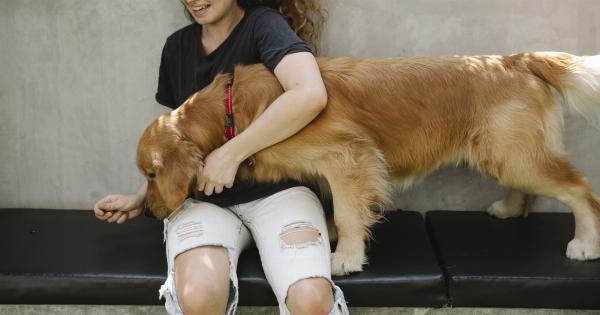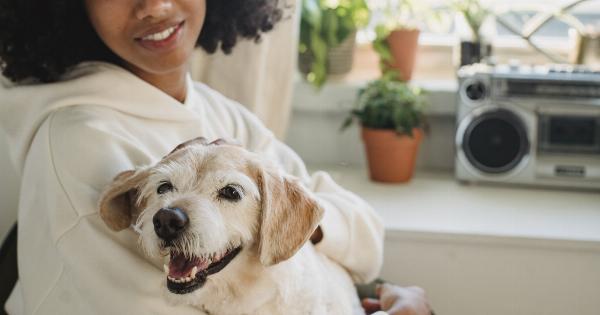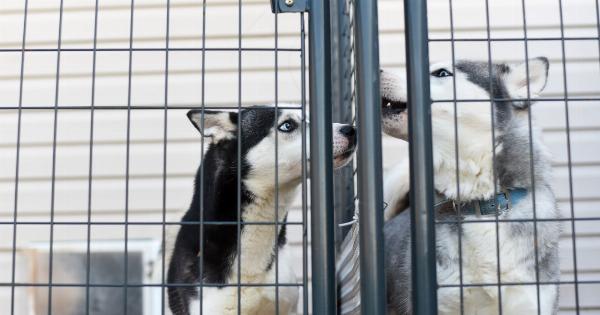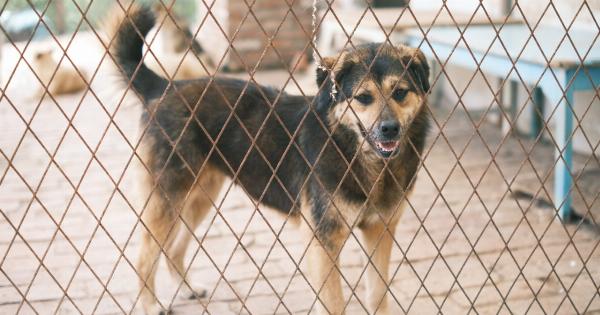Bringing home a rescue dog is a wonderful and rewarding experience. Not only are you providing a loving home for a deserving furry friend, but you are also giving them a second chance at a happy life.
However, it’s important to remember that these dogs may have had a difficult past and adjusting to a new home can be overwhelming for them. This guide will provide you with valuable tips and advice on how to welcome your rescue dog into your family with open arms.
1. Prepare your home
Prior to bringing your rescue dog home, it’s crucial to create a safe and comfortable environment for them. Remove any potential hazards such as toxic plants, loose wires, or valuable items that can be easily destroyed.
Set up a cozy bed, provide a water bowl, and have plenty of toys available to keep your new furry friend entertained.
2. Establish a routine
Dogs thrive on routine, and it helps them feel secure in their new surroundings. Set a consistent schedule for feeding, exercise, and bathroom breaks.
Establishing a routine will assist your rescue dog in adapting quickly to their new home and will also make training much easier.
3. Introduce them to family members
Introducing your rescue dog to all the members of your family is an important step. Gather everyone together in a calm environment and allow your new dog to approach each person individually.
Encourage gentle petting and positive interactions to help build trust and familiarity.
4. Patience and understanding
It’s essential to be patient and understanding with your rescue dog as they adjust to their new surroundings.
They may display fearful or anxious behavior initially, and it’s important to provide them with the time and space they need to feel comfortable. Avoid overwhelming them with too many new experiences all at once.
5. Training and socialization
Enroll your new rescue dog in training classes to help them learn basic commands and improve their obedience. Socialization is also crucial, especially if your dog hasn’t been exposed to much of the outside world.
Gradually introduce them to new people, animals, and environments to build confidence and reduce anxiety.
6. Provide a nutritious diet
Consult with your veterinarian to determine the best diet for your rescue dog’s specific needs. A nutritious and balanced diet is essential for their overall health and well-being.
Be mindful of any dietary restrictions or allergies they may have and always provide fresh water.
7. Establish boundaries and rules
Set clear boundaries and rules for your new dog from the beginning. This will help them understand what behaviors are acceptable and what is not.
Consistency is key when establishing rules, and ensure that all family members are on the same page to avoid confusion or conflicting commands.
8. Be mindful of past traumas
Rescue dogs may have experienced trauma in their past, and it’s important to be mindful of this. Respect their triggers and provide a safe and predictable environment.
If your rescue dog displays fearful or aggressive behaviors, consult with a professional dog trainer or behaviorist who can provide guidance and support.
9. Exercise and mental stimulation
Regular exercise is crucial for the physical and mental well-being of your rescue dog. Provide daily walks, playtime, and interactive toys to keep them engaged and prevent boredom.
Mental stimulation activities such as puzzle toys or training exercises can also help tire them out and keep their minds sharp.
10. Unconditional love and patience
Above all, shower your rescue dog with unconditional love and patience. They may have had a difficult past, but with your care and support, they can thrive in their new forever home.
Celebrate their victories, no matter how small, and provide them with the love and security they deserve.































